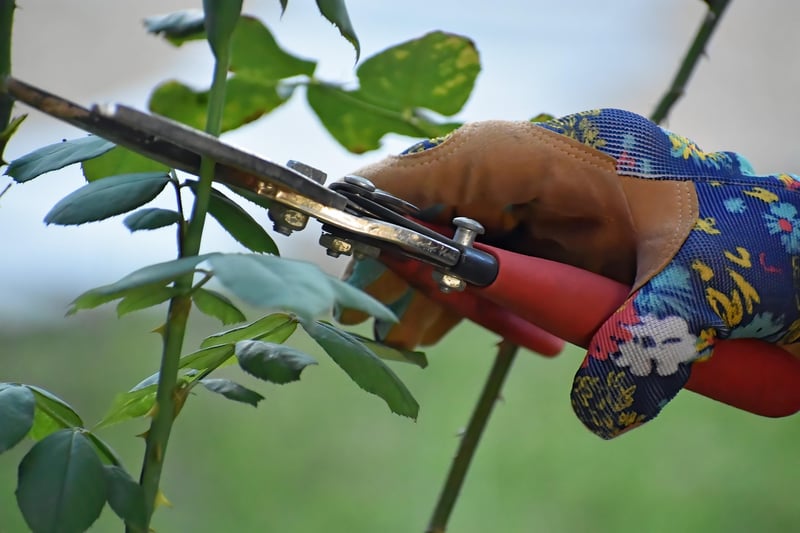Pruning Techniques
Essential Care for Healthy Plants + Pruning Techniques
Introduction
Keeping your plants healthy requires proper care and maintenance. In this article, we will explore essential tips for caring for your plants and discuss pruning techniques to help them thrive.
1. Watering
Watering is crucial for plant health. Be sure to water your plants consistently, but avoid overwatering as it can lead to root rot. Check the soil moisture level before watering to prevent waterlogged conditions.
2. Sunlight
Plants need sunlight to photosynthesize and grow. Ensure your plants receive adequate sunlight based on their specific light requirements. Consider placing sun-loving plants in sunny spots and shade-loving plants in areas with indirect light.
3. Soil and Fertilization
Use high-quality soil that provides good drainage for your plants. Additionally, fertilize your plants regularly to replenish nutrients. Choose a fertilizer that suits your plant species and follow the instructions for proper application.
4. Pruning Techniques
Pruning is essential for maintaining plant health and promoting growth. Here are some pruning techniques to keep in mind:
a. Deadheading
Remove dead or faded flowers to encourage new blooms and improve the plant's appearance.
b. Thinning
Remove excess branches or stems to improve air circulation and prevent overcrowding, which can lead to disease.
c. Shaping
Prune your plants to maintain their shape and promote a fuller, healthier appearance.
d. Size Control
Regular pruning can help control the size of your plants, preventing them from outgrowing their space.
Conclusion
By following these essential care tips and pruning techniques, you can ensure your plants remain healthy and vibrant. Remember to observe your plants regularly and adjust your care routine as needed to meet their specific requirements.


For more detailed information on plant care and pruning techniques, consult with your local garden center or horticulturist.
